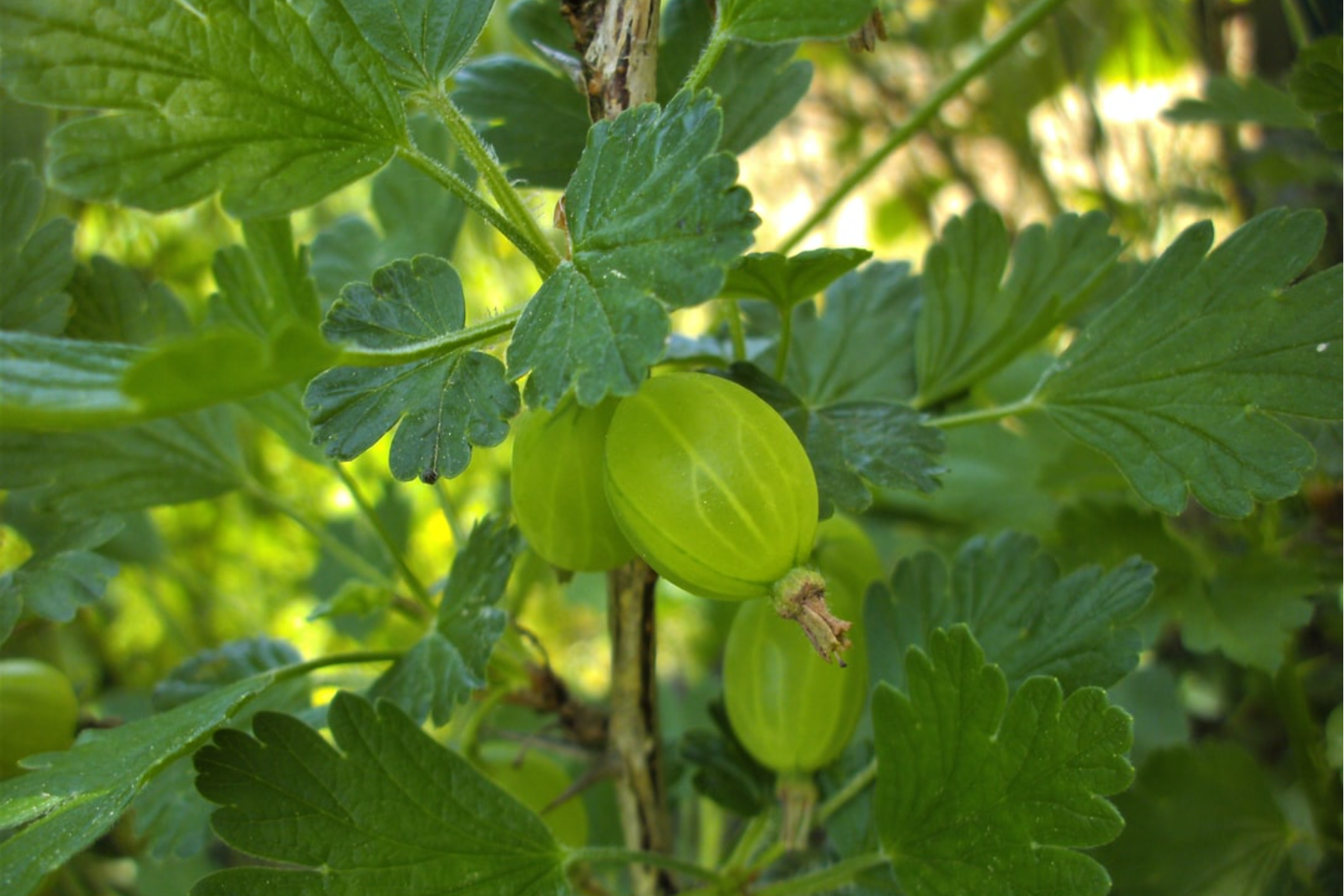Last Updated on April 10, 2024 by Real Men Sow
Gooseberry plants can be used as fruit bushes. They require little maintenance and produce lots of juicy, plump fruits. This plant doesn’t require a large garden. You can grow them in containers or on the ground. While they love the sun, they are also able to thrive in shade. This article will help you learn everything you need about growing gooseberries.
The Best Varieties of Gooseberry
Gooseberries (Ribes Uva-Crispa), are part of the same family as blackcurrants and redcurrants. These berries are hardy and can be grown in the UK’s colder regions. These are our top picks:
- Hinnonmaki Yellow. This variety is a great flavour with a hint of apricot. It is hardy and resistant to disease. You can harvest the golden berries between June and July.
- Giggles Collection. This collection includes the three new Giggles varieties in gold, green, and red. These fruits have very smooth skin and it is best to be harvested around April, which is slightly earlier than the other varieties.
- Invicta. This variety is an RHS Award of Garden Merit winning variety. This fruit is well-suited for making jams and pies. The green fruits mature between June and July.
- Captivator. These sweet, smooth purple fruits can be eaten straight from the bush. They ripen in July. This variety is resistant to mildew.
- Hinnonmaki Red. This variety produces reliable, heavy harvests of red berries with smooth skin in July. This is a classic variety that has great resistance to disease.
You can also try a mixed gooseberry assortment, which includes three of the most popular varieties. This will give you a variety of flavours and colors.
How to plant?
Gooseberries prefer well-drained soil that is fertile and planted around a sunny area. They also like being protected from the cold winds. Plant them on the soil at a depth of 25 cm. Add plenty of organic material such as compost or well-rotted manure.
You can plant your gooseberries from March to November by using bare-root plants. After soaking the roots for a while, place them in a hole until they reach the junction of stem and roots. Start with a container-grown gooseberry plant if it is already spring or summer. To hold the root ball, dig a hole and submerge the gooseberry plant at the same depth as the bare root.
The branches should be pruned back by one-third to an upward or outward-facing bud after planting. To retain moisture, firm the soil with a boot and mulch the surface.
How to prune gooseberries?
When pruning your gooseberry bushes, use sharp and clean pruning shears. To encourage new growth, make each cut approximately 1cm higher than an outward-facing bud. Your gooseberries should be pruned twice a year.
- Summer pruning. To reduce storm damage and redirect the plant’s energy towards fruit production, trim the fruiting branches to five leaves by June. The bush will be more open if there is space at its center. This allows for air circulation and better light.
- Winter pruning. The leading top growth of your gooseberry should be cut back roughly half between November and March. Reduce the side growth by approximately 5 cm. As you prune, remove any diseased, dead, or dying growth.
When and how to harvest?
Gooseberries begin to mature during the summer months. However, different varieties may be available at different times. The gooseberries’ colour will vary depending on which variety you grow.
Pick your gooseberries in June when they are still slightly firm with the flavour being a bit tart. The berries will become sweeter the longer they stay on the bush.
Wait for the gooseberries to ripen completely if you want to eat them raw. They will feel slightly squishy when touched gently and then should separate from the plant with a gentle tug.
Gooseberries can be stored in the freezer, so don’t panic if you have plenty. Put them in the freezer for several hours or overnight in a tray. Then, put them in a bag and freeze them until you are ready to use them.
A quick guide to growing gooseberries
Here’s a quick guide on how to grow bumper gooseberry crops.
- Water. Make sure to give your gooseberry plants lots of water during dry spells, especially when they are fruiting.
- Mulch. Mulch can be added to the soil over the roots of your gooseberry to retain water during hot times.
- Prune. To remove any unproductive growth and encourage fruit production, prune your gooseberries within the first year of planting.
- Self-fertile. Gooseberry bushes don’t have to be grouped together. One bush can happily fertilize on its own.

